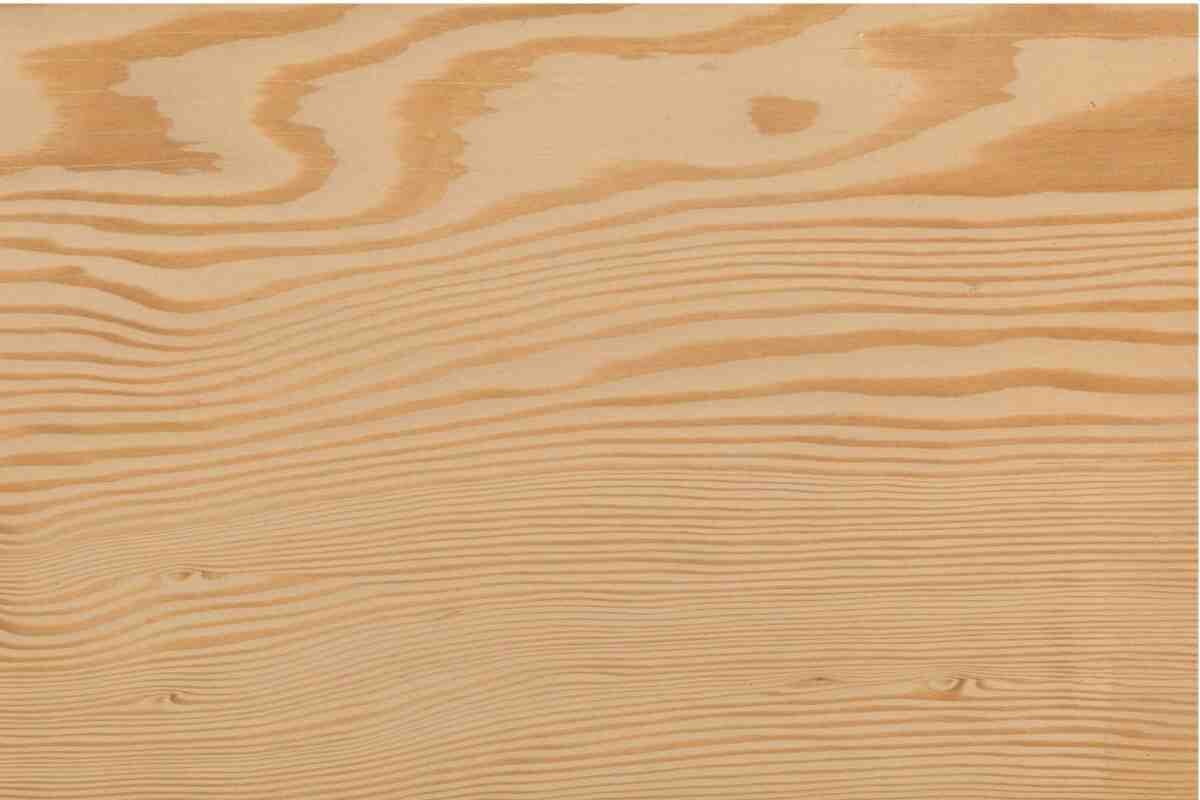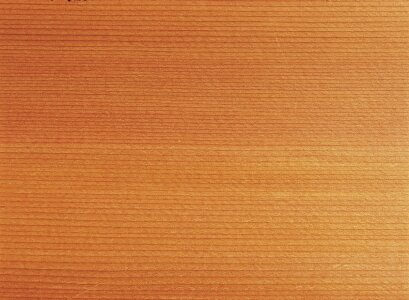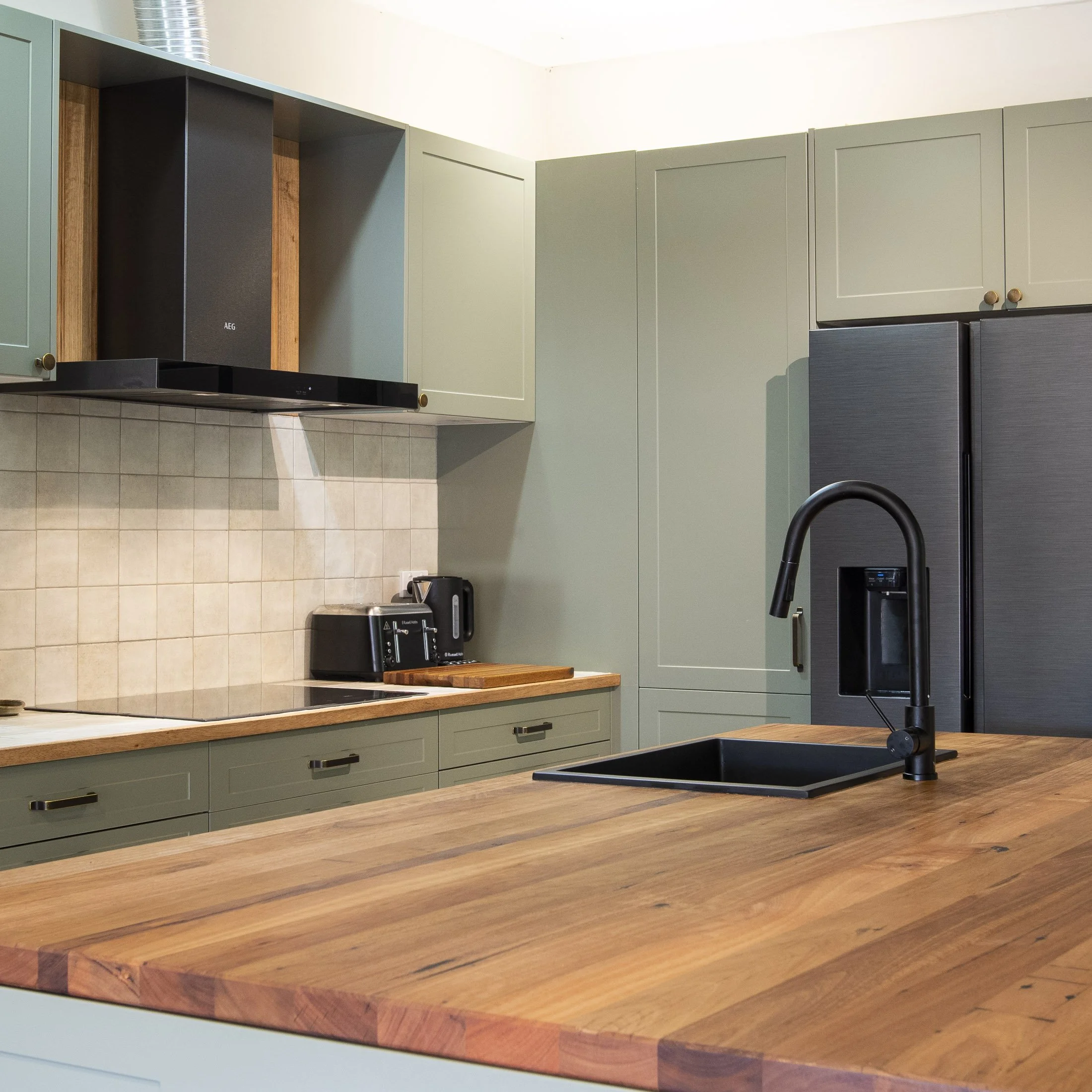How do we tell timber species apart in our shop?
We can’t get enough of wood! It’s such a versatile, warm, beautiful and easy to work with material, and if looked after with time and care, it’s also renewable! We have a whole range of timber types and species in our shop, and we get asked a lot how we can tell them apart. The short answer is: it’s not always easy! So we’ve put together this post to give you a bit of a helping hand in identifying the commonly available timbers in our shop and out in the world.
Identifying timber vs identifying trees
The first thing to consider is that telling apart species of timber and the trees they come from are two quite separate skills. Often the common names for timber types come from the appearance of the living trees they’re from, such as Spotted gum (Corymbia maculata) which has a very distinctive spotted pattern on its outside bark, but quite a consistent colour and grain internally. This guide is just for milled timber – and we cannot recommend resources such as Euclid for better understanding of living species of trees.
Identifying softwoods
Softwoods are some of the easiest timbers to identify, and thankfully there are also not as many of them that we get in store as Aussie hardwoods, which makes the job a lot easier too!
Oregon pine / Douglas fir: This is one of the most common softwoods we have in store, and one of the softwoods that most commonly comes out of home demolitions. Oregon pine was shipped in huge quantities across from the Pacific Northwest of the U.S. and used for a myriad of structural and aesthetic uses across Australia, and is still a functional and beautiful timber once resurfaced. Oregon is easy to work, and one of our favourite choices for timber used in our courses. Oregon can be identified by its distinctive orangey-red hue and high contrast between its lines of grain.
Radiata Pine / Monterey pine: Chances are if you’ve used pine in the past, it’s been Radiata pine. One of the most common plantation timbers in Australia, and available in most hardware and timber stores across the country. Our stock in Radiata varies, but we always have some small pieces. Radiata is soft, often quite yellow-to-off-white, and has wide bands of grain.
Cypress pine: Cypress pine is a much more dense pine than the other two mentioned, and is often used for decking or structural uses. Cypress pine is easily recognised from its distinictive grain that could be compared to the swirls around Jupiter, and regular knots throughout. Colour varies from lighter to darker yellows and caramels.
There are a range of other softwoods that we occasionally have in store, including hoop pine and other flooring softwoods. If you’re interested in identifying any of these, let us know!
Identifying different eucalyptus species
The biggest challenge in store we have is identifying between different species of Australian hardwood. We’re blessed on this continent with over 800 distinct species, each with their own unique characteristics, but once they’ve been cut down it can be difficult to identify between them without microscopes and other specialist equipment.
The first step you can take is to identify that a piece of timber is a species of Eucalyptus in the first place. A helpful way to think about this is almost all dense timber hardwood beams, joists and columns in Australia will be a species of Eucalypt because it’s so prevalent here. Grain patterns, knots, gum veins, and other details can vary between species, but with a bit of practice you’ll be identifying Eucalypts in no time. If you want a helping hand, come and visit us in store where we’ve already done the sorting for you so you can brush up on your Brushboxes and spot your Spotted gums with ease.
Once you’ve figured out a piece of timber is a Eucalypt, the characterisation from there depends on what you want to use it for. For our purposes, we identify Eucalypts by their colour range, and in a few specific cases their density (such as for Ironwood). Visit us in store and you’ll find a wide range of Eucalypts sorted into lights and creams, pinks, browns and dark yellows, and the distinctive deep reds of some of the best known timber species.
Identifying our range of exotics
Identifying between our range of exotic species can take a little practice, but we also help make life easier by labelling all our exotic species with a name code to help you know what is what.
Australian red cedar: This timber is just stunning, especially with a fine sand and a light oil wax blend finish. Australian red cedar is often very light, and has striking and often straight grain, and it lives up to its name and varies from rosy brown to deep blushing reds.
New guinea rosewood: New Guinea rosewood has a very striking grain that flecks between golds, browns and reds in light and dark stripes. Little lines along the length of the grain are helpful for identifying this species, as well as a distinctive glimmer when you move it under the light.
American white oak: A very common timber in north America, we get a bit of American white oak on our shores here. Light, smooth and with a clear grain that often is in little dashes. Lighter stripes across the grain are visible for certain cuts.
Southern silky oak: A beautifully figured timber, Southern silky oak is known as a lacewood as its grain can look like the fine filigree of lace. Varying from light coffee tones to browns, with golden lacewood flecks that vary in size from rice to fingernail size depending on how and where it grew.
Huon pine: One of Australia’s most prized timbers, and grown almost exclusively in Tasmania, Huon is an endangered and deeply loved timber. Fine grain is key, with little wobbles or bends, and a luminescent creamy-yellow colour.
Kauri pine: There are a couple of Kauri pines, from Aotearoa/New Zealand or Australia’s east, but we generally group these together in our shop. Kauri has been used for a range of furniture and joinery purposes throughout Australia’s history, and can be found in flooring too. The grain is not very distinctive, with a smooth even surface visiblity in soft yellows to golden creams.
Western red cedar: A very visually distinctive timber, Western red cedar is a similar weight to Australian red cedar, but is lighter in colour, often slightly more tan or brown, and is regularly found with very straight and parallel grain along the length of the piece. When worked, it definitely smells “cedar”-y, too!
All of the above timbers we have varying reclaimed stock in store. For some timbers, such as Australian red cedar and New Guinea rosewood, we regularly have stock enough to do furniture or other medium size projects, and can source more on request. For other rarer timbers like Huon pine or Southern silky oak, we often have quite a limited supply, but what we do have absolutely shines!
If you’d like to know what we have in store, come and visit us or give us a call to learn more.


















